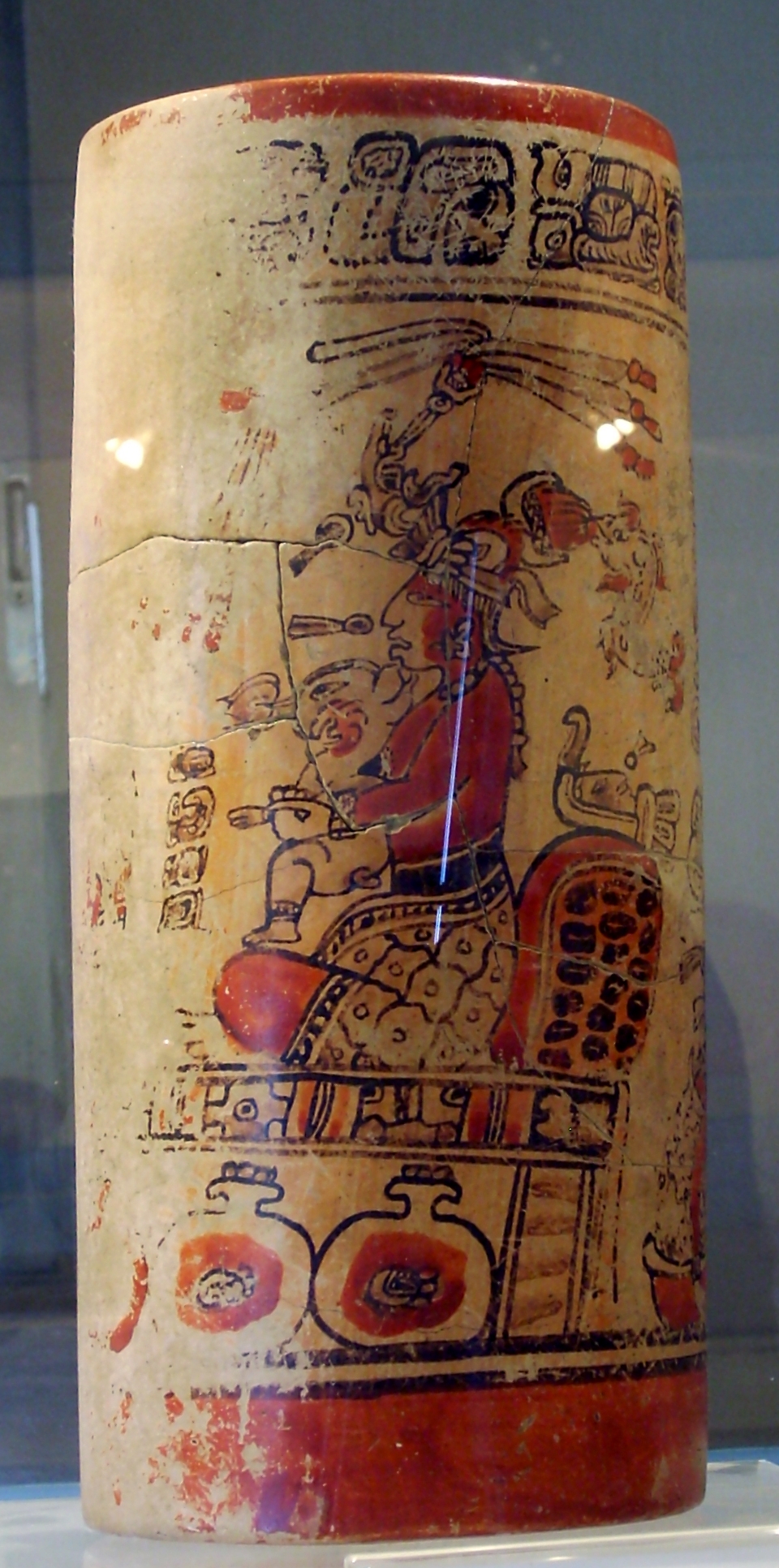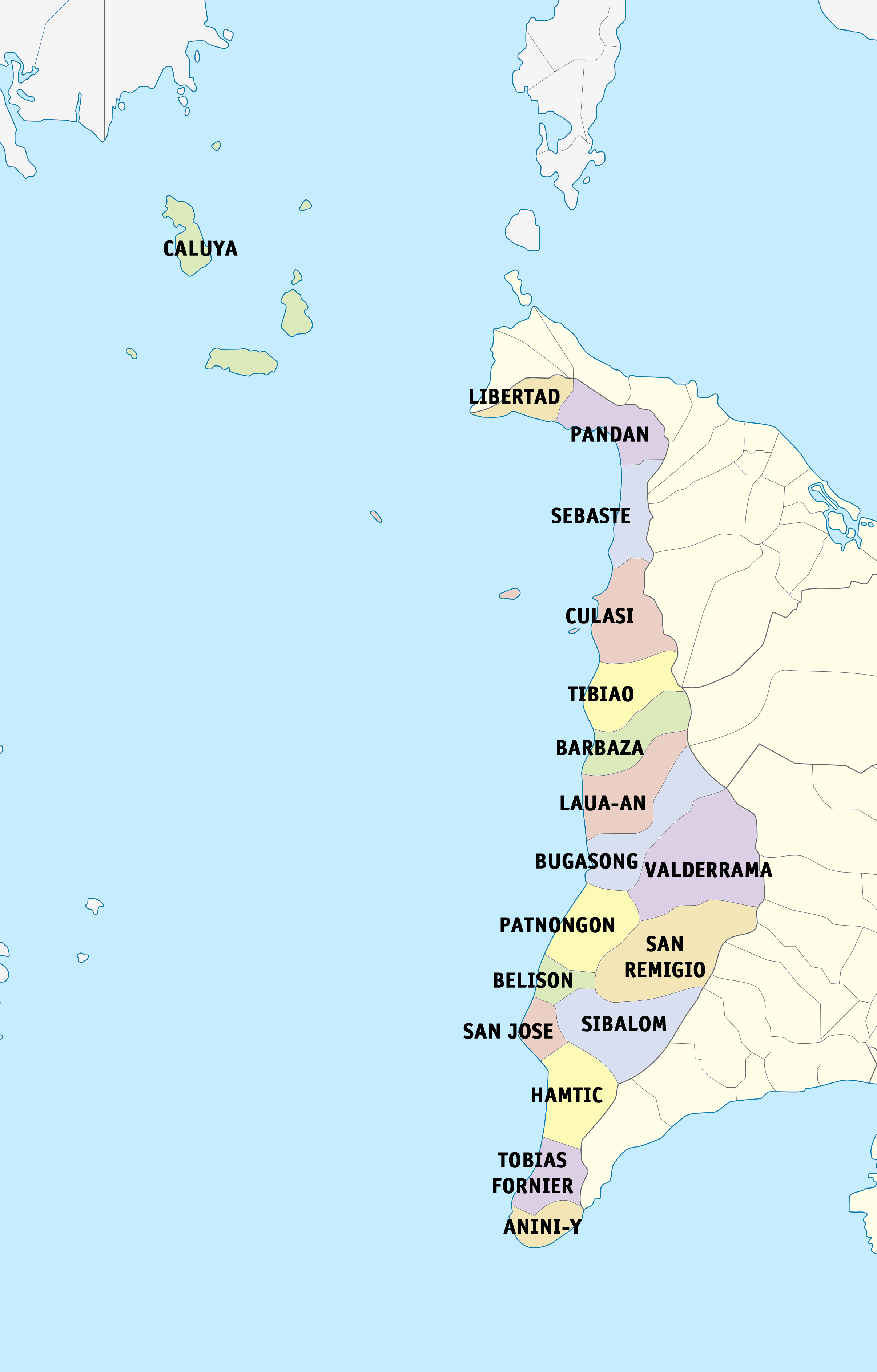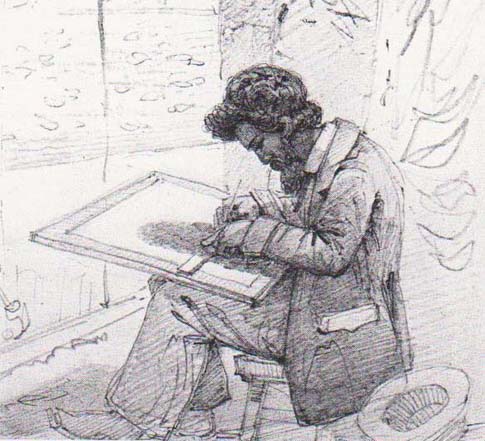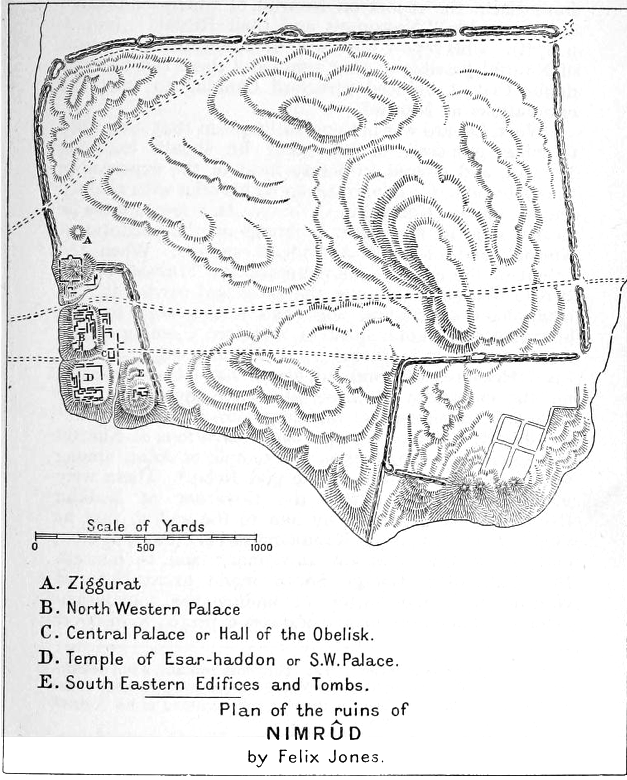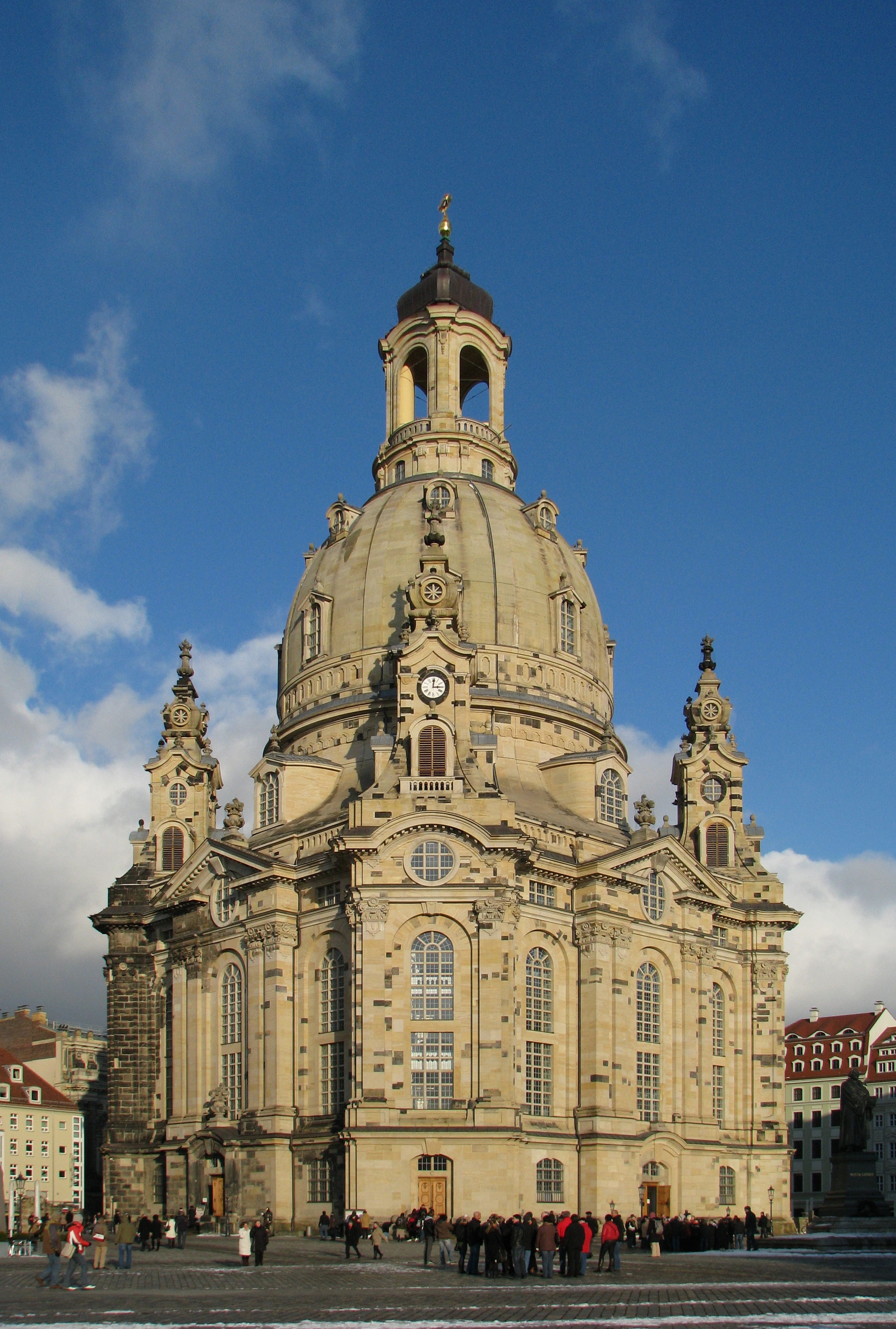|
Polychrome
Polychrome is the "practice of decorating architectural elements, sculpture, etc., in a variety of colors." The term is used to refer to certain styles of architecture, pottery, or sculpture in multiple colors. When looking at artworks and architecture from antiquity and the European Middle Ages, people tend to believe that they were monochrome. In reality, the pre-Renaissance past was full of colour, and Greco-Roman sculptures and Gothic cathedrals, that are now white, beige, or grey, were initially painted in a variety of colours. As André Malraux stated: "Athens was never white but her statues, bereft of color, have conditioned the artistic sensibilities of Europe ..the whole past has reached us colorless." Polychrome was and is a practice not limited only to the Western world. Non-Western artworks, like Chinese temples, Oceanian Uli figures, or Maya ceramic vases, were also decorated with colours. Ancient Near East Similarly to the ancient art of other regions, ... [...More Info...] [...Related Items...] OR: [Wikipedia] [Google] [Baidu] |
Maya Ceramics
Maya ceramics are ceramics produced in the Pre-Columbian Mayan civilization, Maya culture of Mesoamerica. The vessels used different colors, sizes, and had varied purposes. Vessels for the elite could be painted with very detailed scenes, while utilitarian vessels were undecorated or much simpler. Elite pottery, usually in the form of straight-sided beakers called "vases", used for drinking, was placed in burials, giving a number of survivals in good condition. Individual examples include the Princeton Vase and the Fenton Vase. Used for a plethora of daily activities, such as the storage of food and beverages, ceramics (art), ceramics were also a canvas of commemoration. There were three main types of ceramics used in daily life: bowls, plates, and cylinders. They were often monochrome, meaning that only one type of mineral slip was used. Polychrome pottery was more complex in nature and therefore more commonly used by the elite. Not only was polychrome pottery used as decoration ... [...More Info...] [...Related Items...] OR: [Wikipedia] [Google] [Baidu] |
Gothic Architecture
Gothic architecture is an architectural style that was prevalent in Europe from the late 12th to the 16th century, during the High Middle Ages, High and Late Middle Ages, surviving into the 17th and 18th centuries in some areas. It evolved from Romanesque architecture and was succeeded by Renaissance architecture. It originated in the Île-de-France and Picardy regions of northern France. The style at the time was sometimes known as ''opus Francigenum'' (); the term ''Gothic'' was first applied contemptuously during the later Renaissance, by those ambitious to revive the Classical architecture, architecture of classical antiquity. The defining design element of Gothic architecture is the Pointed arch (architecture), pointed arch. The use of the pointed arch in turn led to the development of the pointed rib vault and flying buttresses, combined with elaborate tracery and stained glass windows. At the Abbey of Basilica of Saint-Denis, Saint-Denis, near Paris, the choir was rec ... [...More Info...] [...Related Items...] OR: [Wikipedia] [Google] [Baidu] |
Pottery
Pottery is the process and the products of forming vessels and other objects with clay and other raw materials, which are fired at high temperatures to give them a hard and durable form. The place where such wares are made by a ''potter'' is also called a ''pottery'' (plural ''potteries''). The definition of ''pottery'', used by the ASTM International, is "all fired ceramic wares that contain clay when formed, except technical, structural, and refractory products". End applications include tableware, ceramic art, decorative ware, toilet, sanitary ware, and in technology and industry such as Insulator (electricity), electrical insulators and laboratory ware. In art history and archaeology, especially of ancient and prehistoric periods, pottery often means only vessels, and sculpture, sculpted figurines of the same material are called terracottas. Pottery is one of the Timeline of historic inventions, oldest human inventions, originating before the Neolithic, Neolithic period, w ... [...More Info...] [...Related Items...] OR: [Wikipedia] [Google] [Baidu] |
Antike Polychromie 1
Antique (), officially the Province of Antique, is a Provinces of the Philippines, province in the Philippines located in the Western Visayas Regions of the Philippines, region. Its capital and most populous town is San Jose de Buenavista, Antique, San Jose de Buenavista. The province is situated in the western section of Panay Island and borders Aklan Province, Aklan, Capiz, and Iloilo (province), Iloilo to the east, while facing the Sulu Sea to the west. The province is home to the indigenous Iraynun-Bukidnon, speakers of a dialect of the Kinaray-a language, who have crafted the only rice terrace clusters in the Visayas through indigenous knowledge and sheer vernacular capabilities. The rice terraces of the Iraynun-Bukidnon are divided into four terraced fields, namely, General Fullon rice terraces, Lublub rice terraces, Bakiang rice terraces, and San Agustin rice terraces. All of the rice terrace clusters have been researched by the National Commission for Culture and the Arts a ... [...More Info...] [...Related Items...] OR: [Wikipedia] [Google] [Baidu] |
Austen Henry Layard
Sir Austen Henry Layard (; 5 March 18175 July 1894) was an English Assyriologist, traveller, cuneiformist, art historian, draughtsman, collector, politician and diplomat. He was born to a mostly English family in Paris and largely raised in Italy. He is best known as the excavator of Nimrud and of Nineveh, where he uncovered a large proportion of the Assyrian palace reliefs known, and in 1851 the library of Ashurbanipal. Most of his finds are now in the British Museum. He made a large amount of money from his best-selling accounts of his excavations. He had a political career between 1852, when he was elected as a Member of Parliament, and 1869, holding various junior ministerial positions. He was then made ambassador to Madrid, then Constantinople, living much of the time in a palazzo he bought in Venice. During this period he built up a significant collection of paintings, which due to a legal loophole he had as a diplomat, he was able to extricate from Venice and bequea ... [...More Info...] [...Related Items...] OR: [Wikipedia] [Google] [Baidu] |
Nimrud
Nimrud (; ) is an ancient Assyrian people, Assyrian city (original Assyrian name Kalḫu, biblical name Calah) located in Iraq, south of the city of Mosul, and south of the village of Selamiyah (), in the Nineveh Plains in Upper Mesopotamia. It was a major Assyrian city between approximately 1350 BC and 610 BC. The city is located in a strategic position north of the point that the river Tigris meets its tributary the Great Zab.Brill's Encyclopedia of Islam 1913-36 p.923 The city covered an area of . The ruins of the city were found within of the modern-day Assyrian people, Assyrian village of Numaniyah, Al-Hamdaniya, Noomanea in Nineveh Governorate, Iraq. The name Nimrud was recorded as the local name by Carsten Niebuhr in the mid-18th century.N ... [...More Info...] [...Related Items...] OR: [Wikipedia] [Google] [Baidu] |
British Museum
The British Museum is a Museum, public museum dedicated to human history, art and culture located in the Bloomsbury area of London. Its permanent collection of eight million works is the largest in the world. It documents the story of human culture from its beginnings to the present.Among the national museums in London, sculpture and decorative art, decorative and applied art are in the Victoria and Albert Museum; the British Museum houses earlier art, non-Western art, prints and drawings. The National Gallery holds the national collection of Western European art to about 1900, while art of the 20th century on is at Tate Modern. Tate Britain holds British Art from 1500 onwards. Books, manuscripts and many works on paper are in the British Library. There are significant overlaps between the coverage of the various collections. Established in 1753, the British Museum was the first public national museum. In 2023, the museum received 5,820,860 visitors, 42% more than the previous y ... [...More Info...] [...Related Items...] OR: [Wikipedia] [Google] [Baidu] |
Reconstruction (architecture)
Reconstruction in architectural conservation is the returning of a place to a known earlier state by the introduction of new materials. It is related to the architectural concepts of Building restoration, restoration (repairing existing building fabric) and Historic preservation, preservation (the prevention of further decay), wherein the most extensive form of reconstruction is creating a replica of a destroyed building. More narrowly, such as under the ''Secretary of Interior's Standards'' in the United States, "reconstruction" is "the act or process of depicting, using new construction, the form, features, and detailing of a non-surviving site, landscape, building, structure, or object to replicate its appearance at a specific time and in its historic location". Reconstruction of buildings and structures There may be several reasons for building or creating a replica building or structure. Sometimes, it is the result of the destruction of landmark monuments that is experience ... [...More Info...] [...Related Items...] OR: [Wikipedia] [Google] [Baidu] |
Pergamon Museum
The Pergamon Museum (; ) is a Kulturdenkmal , listed building on the Museum Island in the Mitte (locality), historic centre of Berlin, Germany. It was built from 1910 to 1930 by order of Emperor Wilhelm II, German Emperor, Wilhelm II and according to plans by Alfred Messel and Ludwig Hoffmann (architect), Ludwig Hoffmann in Stripped Classicism, Stripped Classicism style. As part of the Museum Island complex, the Pergamon Museum was added to the UNESCO World Heritage List in 1999 because of its architecture and testimony to the evolution of museums as architectural and social phenomena. Prior to its closing in 2023, the Pergamon Museum was home to the ', including the famous Pergamon Altar, the and the . In October 2023, the museum was completely closed for visitors, and is expected to remain mostly closed for 14 to 20 years – until 2037 to 2043 – for the execution of comprehensive renovation works. Its North Wing is expected to reopen in 2027. Origin By the time the K ... [...More Info...] [...Related Items...] OR: [Wikipedia] [Google] [Baidu] |
Assyrian Art
Assyrian sculpture is the sculpture of the ancient Assyrian states, especially the Neo-Assyrian Empire of 911 to 612 BC, which was centered around the city of Assur in Mesopotamia (modern-day Iraq) which at its height, ruled over all of Mesopotamia, the Levant and Egypt, as well as portions of Anatolia, Arabia and modern-day Iran and Armenia. It forms a phase of the art of Mesopotamia, differing in particular because of its much greater use of stone and gypsum alabaster for large sculpture. Much the best-known works are the huge ''lamassu'' guarding entrance ways, and Assyrian palace reliefs on thin slabs of alabaster, which were originally painted, at least in part, and fixed on the wall all round the main rooms of palaces. Most of these are in museums in Europe or America, following a hectic period of excavations from 1842 to 1855, which took Assyrian art from being almost completely unknown to being the subject of several best-selling books, and imitated in political cartoo ... [...More Info...] [...Related Items...] OR: [Wikipedia] [Google] [Baidu] |

